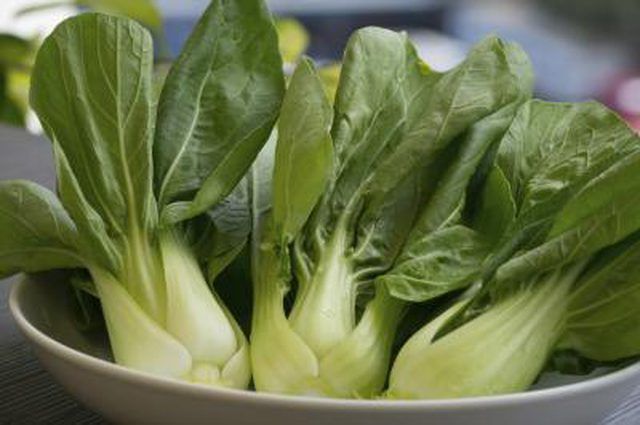Bulbs
Flower Basics
Flower Beds & Specialty Gardens
Flower Garden
Garden Furniture
Garden Gnomes
Garden Seeds
Garden Sheds
Garden Statues
Garden Tools & Supplies
Gardening Basics
Green & Organic
Groundcovers & Vines
Growing Annuals
Growing Basil
Growing Beans
Growing Berries
Growing Blueberries
Growing Cactus
Growing Corn
Growing Cotton
Growing Edibles
Growing Flowers
Growing Garlic
Growing Grapes
Growing Grass
Growing Herbs
Growing Jasmine
Growing Mint
Growing Mushrooms
Orchids
Growing Peanuts
Growing Perennials
Growing Plants
Growing Rosemary
Growing Roses
Growing Strawberries
Growing Sunflowers
Growing Thyme
Growing Tomatoes
Growing Tulips
Growing Vegetables
Herb Basics
Herb Garden
Indoor Growing
Landscaping Basics
Landscaping Patios
Landscaping Plants
Landscaping Shrubs
Landscaping Trees
Landscaping Walks & Pathways
Lawn Basics
Lawn Maintenance
Lawn Mowers
Lawn Ornaments
Lawn Planting
Lawn Tools
Outdoor Growing
Overall Landscape Planning
Pests, Weeds & Problems
Plant Basics
Rock Garden
Rose Garden
Shrubs
Soil
Specialty Gardens
Trees
Vegetable Garden
Yard Maintenance
How to Grow Baby Bok Choy
How to Grow Baby Bok Choy. Baby bok choy (Brassica rapa chinensis group) produces fully formed but smaller heads than the taller bok choy varieties. You can grow any bok choy variety as a baby type, but some varieties like the “Shanghai” cultivar are bred to produce an optimum flavor for early harvest. This annual vegetable grows...

Baby bok choy (Brassica rapa chinensis group) produces fully formed but smaller heads than the taller bok choy varieties. You can grow any bok choy variety as a baby type, but some varieties like the "Shanghai" cultivar are bred to produce an optimum flavor for early harvest. This annual vegetable grows quickly during the cooler spring and fall season. Sow it directly in the garden bed about four weeks before the last expected spring frost, or plant it in mid-fall for a late fall or early winter harvest.
Things You'll Need
Hoe
Spade
5-10-10 fertilizer
Rake
Straw mulch
33-0-0 Fertilizer
Insecticidal soap spray
Knife
Break up the top 6 to 8 inches of soil in a well-drained, full sun garden bed with a hoe or spade. Spread 1 1/2 pounds of 5-10-10 granular fertilizer over every 50 square feet of garden bed. Mix the fertilizer with the loosened soil to provide the initial nutrients for the plants.
Smooth the soil surface with a rake or hoe blade and then create narrow 1/2-inch deep furrows down the length of the garden bed, using one corner of the hoe blade. Space the furrows 12 inches apart.
Sprinkle the seeds thinly down each furrow, sowing approximately one seed per 2 inches of row. Cover the seeds with 1/4 inch of soil.
Mist the bed with water as needed to keep the top 2 to 4 inches of soil moist during germination, which takes approximately one week. After germination and until harvest, water the baby bok choy once a week during dry weather, providing about 1 inch of water at each irrigation or enough to keep the top 6 inches of soil moist. Avoid overwatering and soggy soil, which increases the chances of fungal diseases and cracked heads.
Thin the seedlings after they produce their second set of leaves, also known as their true leaves. Pinch out the excess seedlings so the remaining seedlings are spaced about 6 inches apart in the row.
Cover the soil with a 2-inch layer of mulch, such as straw mulch, to help conserve soil moisture and reduce weed growth. Pull any weeds that infiltrate the mulch layer promptly so they don't establish deep roots. Mulches also minimize leaf spot diseases because infected soil doesn't splash up onto the bok choy foliage.
Sprinkle ? pound of 33-0-0 granular fertilizer along every 50 feet of row three to four weeks after germination, applying the fertilizer about 6 inches away from the base of the bok choy. Water after application so the fertilizer dissolves and soaks into the soil.
Monitor the bok choy for cabbageworms, harlequin bugs, cabbage maggots and aphids. Remove cabbageworms, maggots and harlequin bugs by hand and reduce weed pressure around the plants to minimize pest populations. Spray aphids, which tend to congregate on the undersides of the leaves, with a premixed insecticidal soap product, fully drenching the plants. You can also dislodge and wash away aphids with a sharp spray of water.
Harvest baby bok choy heads about 50 days after germination, when the heads are fully formed with 6-inch long tender leaves, but before they begin putting on the height of a mature bok choy plant. Cut off the plants at ground level with a clean, sharp knife.
Tips & Warnings
Start the bok choy seeds indoors six weeks before the last expected spring frost instead of seeding them outdoors, if preferred. Transplant the seedlings when they grow in their second set of leaves or are four to six weeks old, spacing the seedlings 6 inches apart in the row.